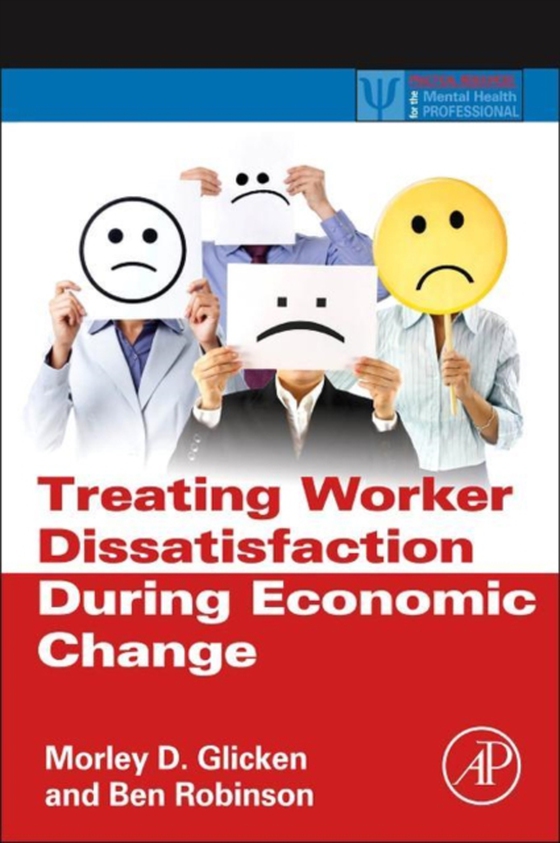
Treating Worker Dissatisfaction During Economic Change e-bog
343,95 DKK
(inkl. moms 429,94 DKK)
In the current economy, companies are expected to turn on a dime in response to changing market needs to stay vibrant. What that means is that companies are constantly reorganizing. Employees are living in a constant state of change. This dynamic in the workplace has affected worker satisfaction, morale, and burnout. This is the first treatment manual to focus on treating job-related issues, wh...
E-bog
343,95 DKK
Forlag
Academic Press
Udgivet
18 januar 2013
Længde
330 sider
Genrer
Industrial relations, occupational health and safety
Sprog
English
Format
epub
Beskyttelse
LCP
ISBN
9780123972620
In the current economy, companies are expected to turn on a dime in response to changing market needs to stay vibrant. What that means is that companies are constantly reorganizing. Employees are living in a constant state of change. This dynamic in the workplace has affected worker satisfaction, morale, and burnout. This is the first treatment manual to focus on treating job-related issues, whether it's conflict in the workplace, stress, burnout, performance, and more. Divided into two parts, Part One sets the stage with a discussion of the economic climate and how it impacts businesses, how business reacts to it, and how the new business climate affects employees. Part Two lays out the most current research on effectively treating work-related client issues. Individual, group, and organizational interventions are included, along with case examples, practical treatment exercises, checklists, and outlines for treatment. Summarizes how the changing workplace impacts workers Covers effective ways of treating and preventing worker problems Includes case examples of treating common workplace depression, accidents, substance abuse, violence, stress, illness, conflict, and performance Discusses individual, group, and organizational interventions Provides online exercises, checklists, evaluation formats, and outlines for treatment Integrates issues of diversity including race, ethnicity, age, and gender
 Dansk
Dansk

